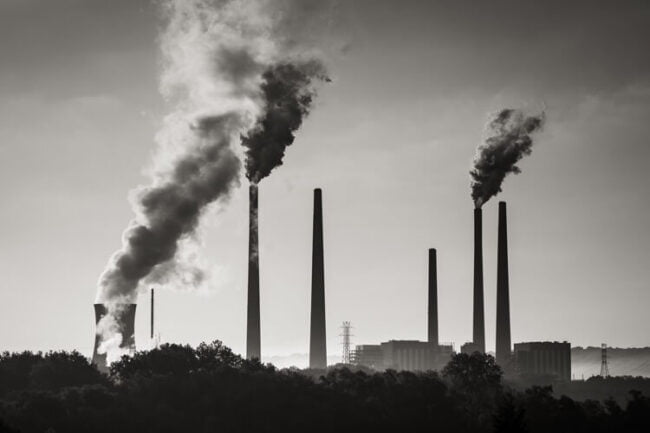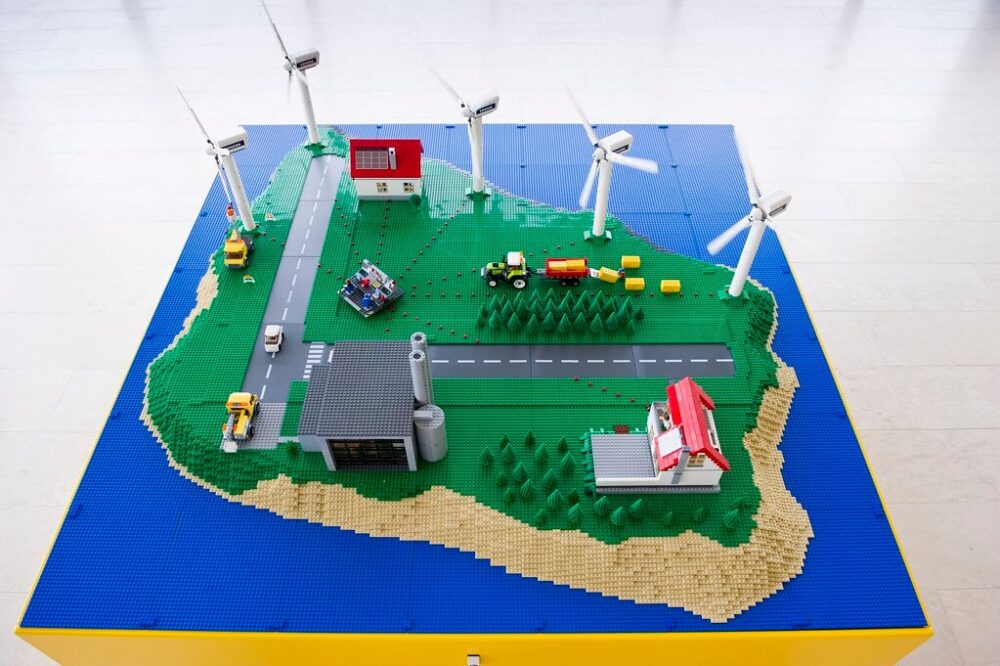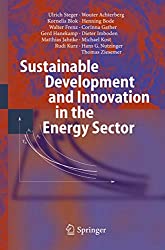Energy Transition Theory Sustainable development and innovation in the energy sector are crucial for securing affordable and secure energy supply and
Energy Transition Theory
Sustainable development and innovation in the energy sector are crucial for securing affordable and secure energy supply and climate protection. The major challenges and opportunities of the energy sector and key innovations and technologies will be addressed and discussed. Energy transition theory attempts to answer this question. Energy transition theory is the result of the Energy Watch Group (EWG), founded in 2009 in Germany. The Energy Watch Group is an international network of scientists, politicians, and environmentalists.
The Energy Watch Group reports on the energy transition, i.e. the sustainable development of the energy sector. In many areas of the world, including Europe, there is a growing concern about the environment and a focus on sustainability. The energy sector is no exception. Sustainable development and innovation in the energy sector are a significant challenge for the next decades. The primary concern is the massive reduction of greenhouse gas emissions, especially of the CO2 produced by fossil-fuel energy consumption.
Fossil-fuel Energy Sources
In order to meet this challenge, a number of strategies have been developed to limit the growth of global CO2 emissions. These strategies include the rapid development of renewable electricity generation from wind and solar power, increased energy efficiency, the development of carbon capture and storage techniques, as well as the development of new, more efficient, and less polluting fossil-fuel energy sources.
It is clear that the energy sector and fossil fuel industries must develop and innovate in order to meet the challenges of the coming decades and, at the same time, ensure that the population of the world can live a decent and comfortable life. In the last decades, the development of renewables has been growing at a fast pace. The slower growth of the demand for energy, along with the massive expansion of renewables, is leading to lower prices for both energy commodities and for energy storage.
In the meantime, the demand for energy continues to grow. Anywhere between 20 and 50% of the energy produced globally is lost during the production and distribution process – a loss that would not have been possible without the use of fossil fuels. In the last two decades, the share of the energy obtained from fossil fuels has been decreasing.

Energy & Greenhouse gas emission reduction
The climate change debate has been fueled by a lack of information and a lack of understanding. The fact that global energy consumption is to be reduced in the future is almost an undisputed fact. In the United Nations’ recently published Global Energy Assessment, it was concluded that even if we were to succeed in reducing greenhouse gas emissions by 50 percent by 2050, we would still face a rise in the average global temperature of 0.4 degrees Celsius.
The International Energy Agency (IEA) has estimated that we will need to reduce energy consumption by 40 percent in the next 50 years, even if we were to succeed in stabilizing greenhouse gas emissions at 2010 levels. For the sake of this article, I will not concern myself with the causes of climate change but instead, focus on the role energy plays in the debate.
Energy consumption
Energy consumption is the amount of energy used by a person, community, society, or country. It is measured in units of energy, such as joules, BTU, watts, etc. Energy consumption is a fundamental aspect of human economics and is often used as an indicator of the standard of living. While there are several components of energy consumption in an economy, the dominant part is that of final energy consumption. Final energy consumption refers to the energy that is used in the production of goods and services consumed in the economy.
Secure supply:
The energy supply of the future must be based on a diversity of energy sources and be as secure as possible.
Cost-effective:
The cost of energy should be as low as possible for as many as possible.
Environmentally friendly:
The energy supply of the future must be as environmentally friendly as possible.
Safe:
The energy supply of the future must be as safe as possible.
The Cognitive Dynamics of Energy
Our Cognitive Dynamics of Energy explains the science behind the dynamics of energy and why we should be thinking about energy in terms of what it can do, rather than how much we use it. Energy is an important part of the economy — and of life itself. Energy and energy-related technologies, directly and indirectly, employ millions of people and make modern life possible.
Our world is built on the ability to move and manipulate energy, and our very survival depends on it. Energy is not only essential to the basic functioning of the world, it is also the basis for much of the world’s economic growth and development.
Conclusion
Climate change is a growing problem, and the world needs a solution. One of the solutions is to use renewable resources for energy production. With the help of renewable resources, the problem of climate change can be solved. In order to achieve this goal, we need to reduce the use of fossil fuels. This will have a positive impact on the environment, and it will help us create a better future.


